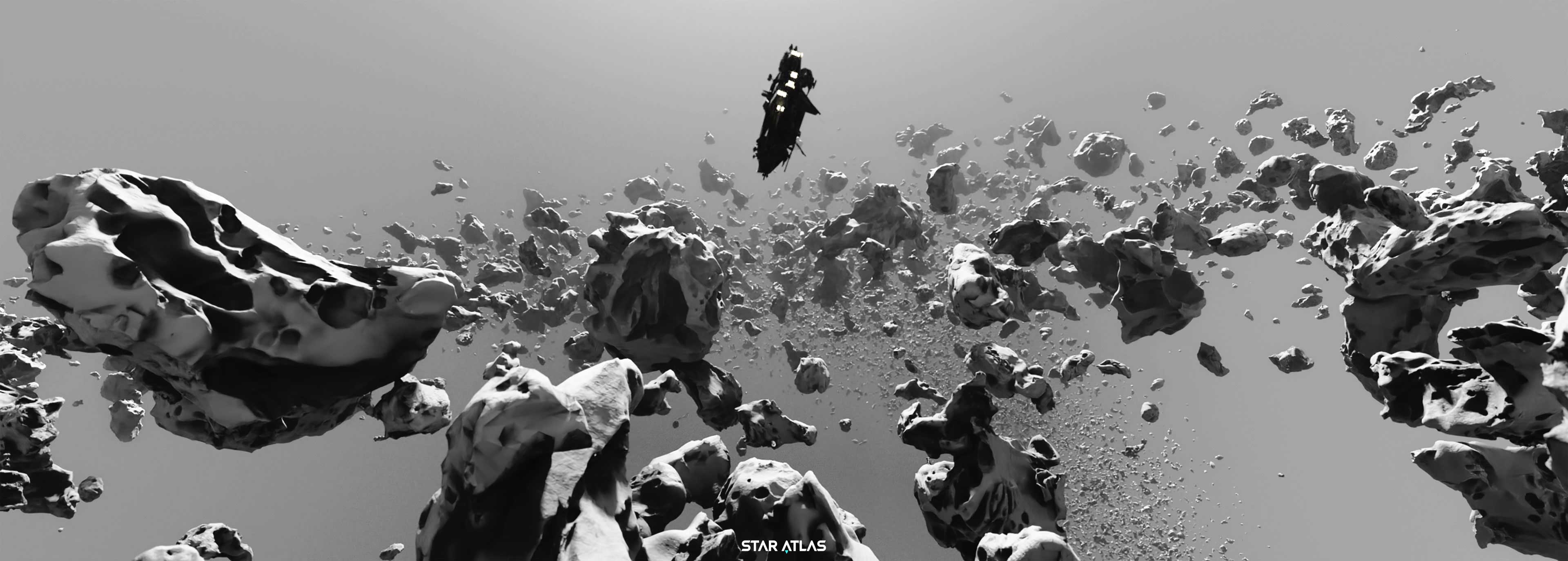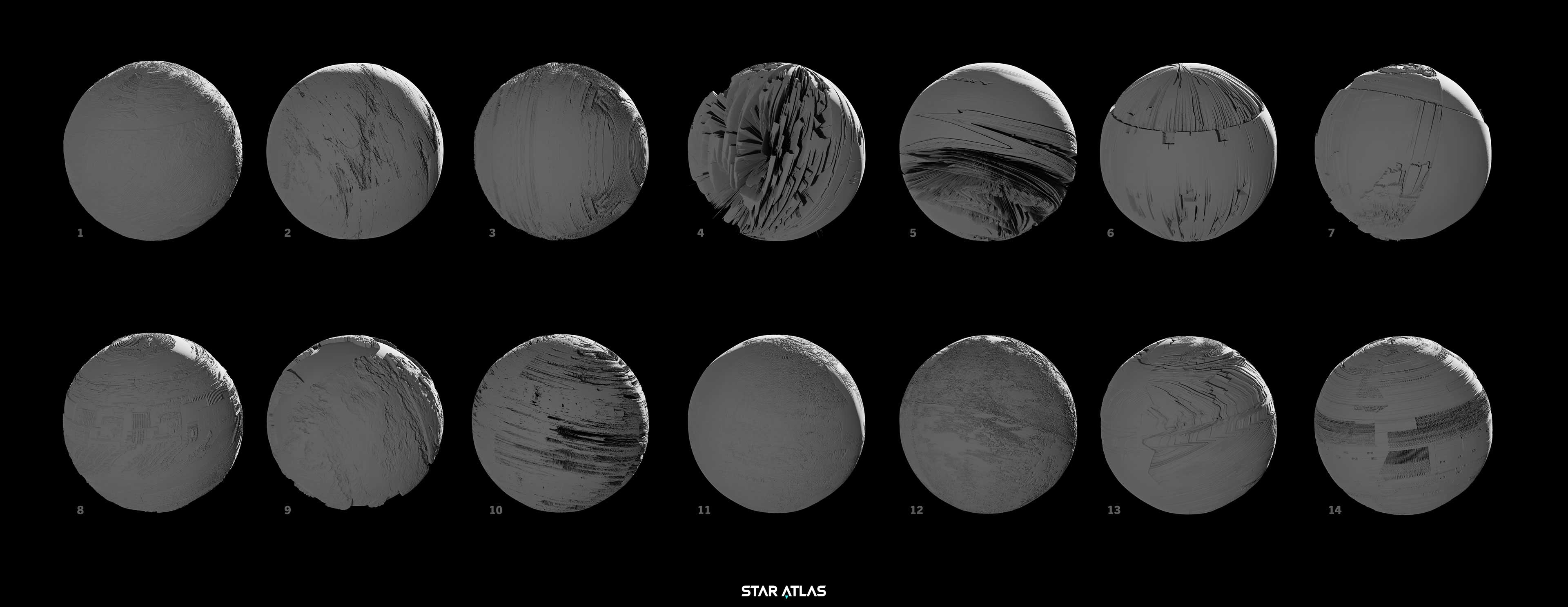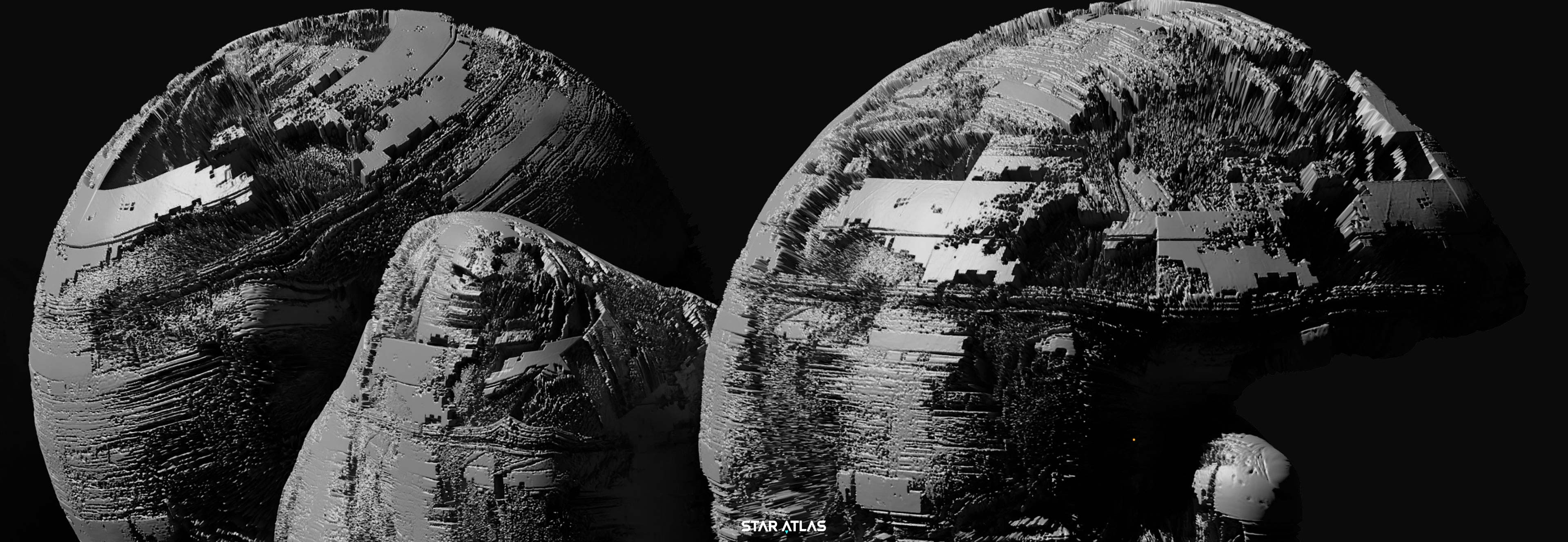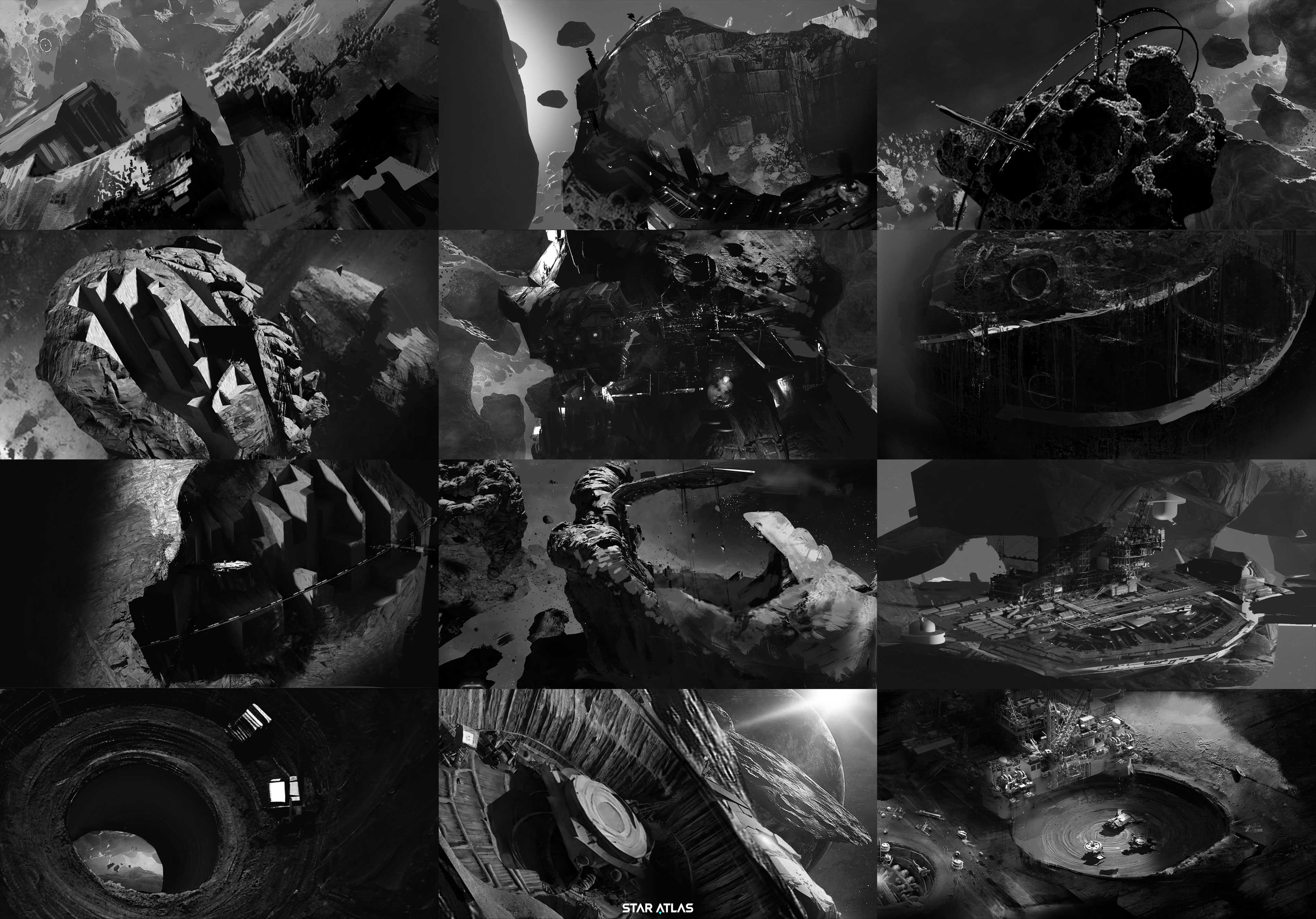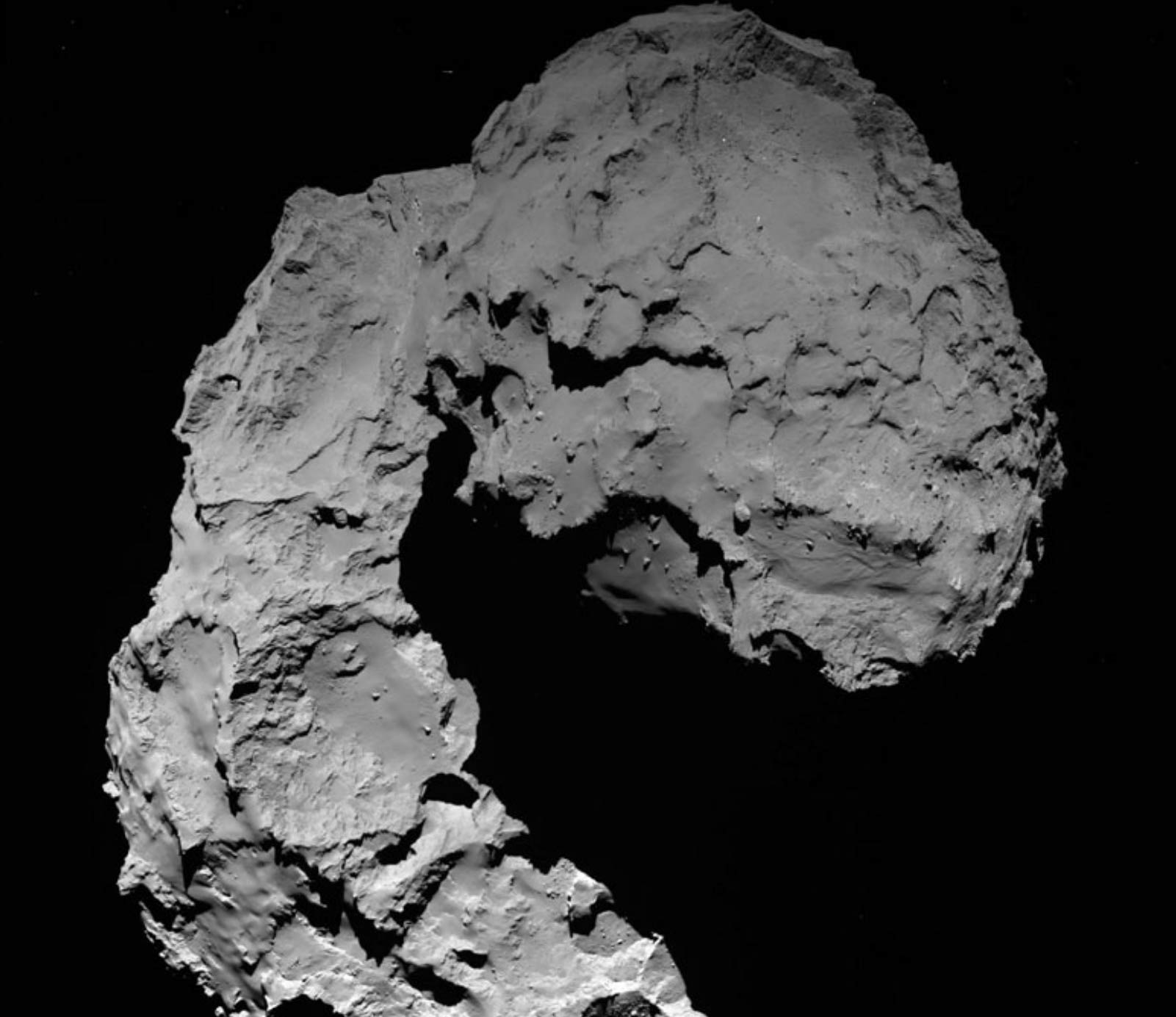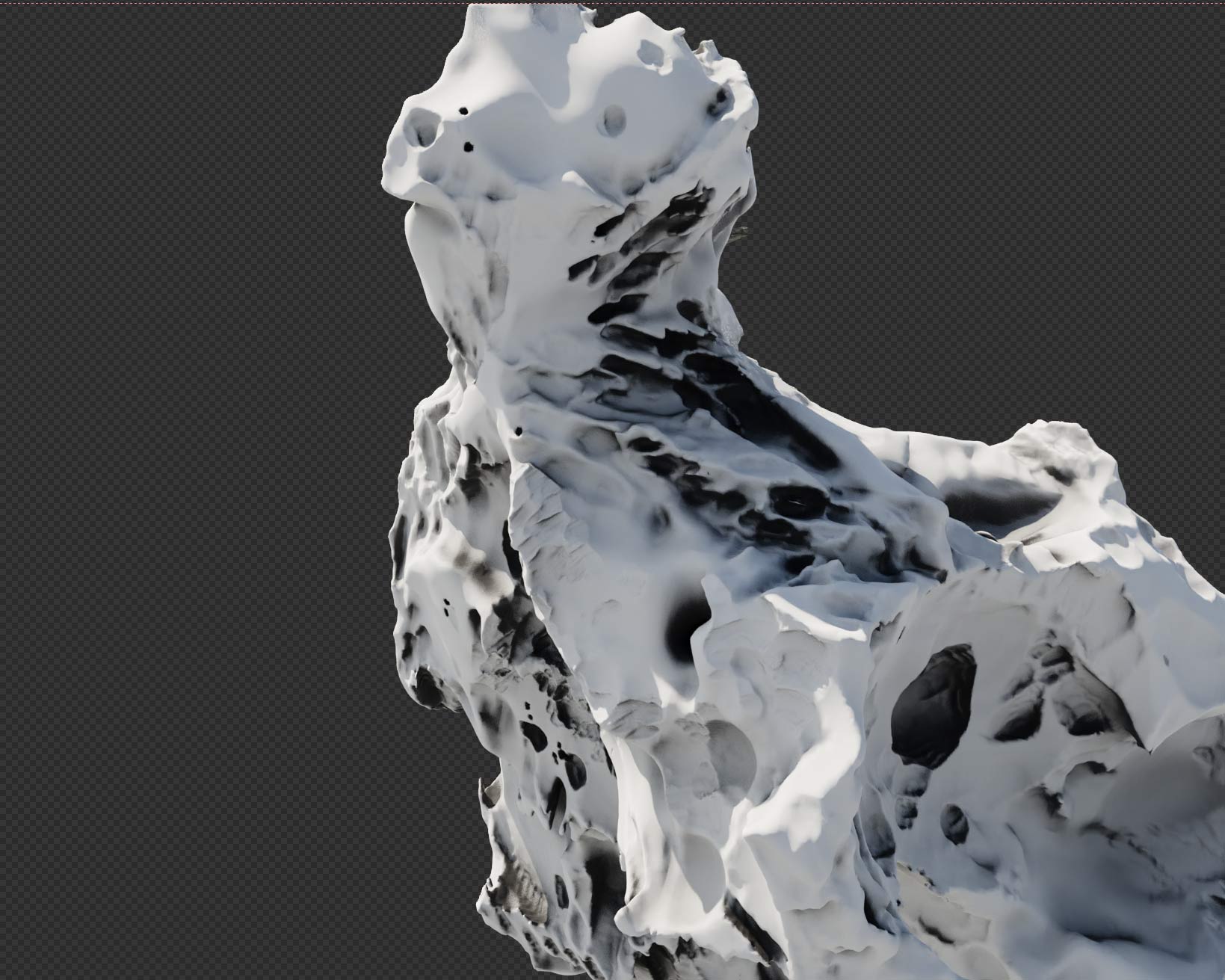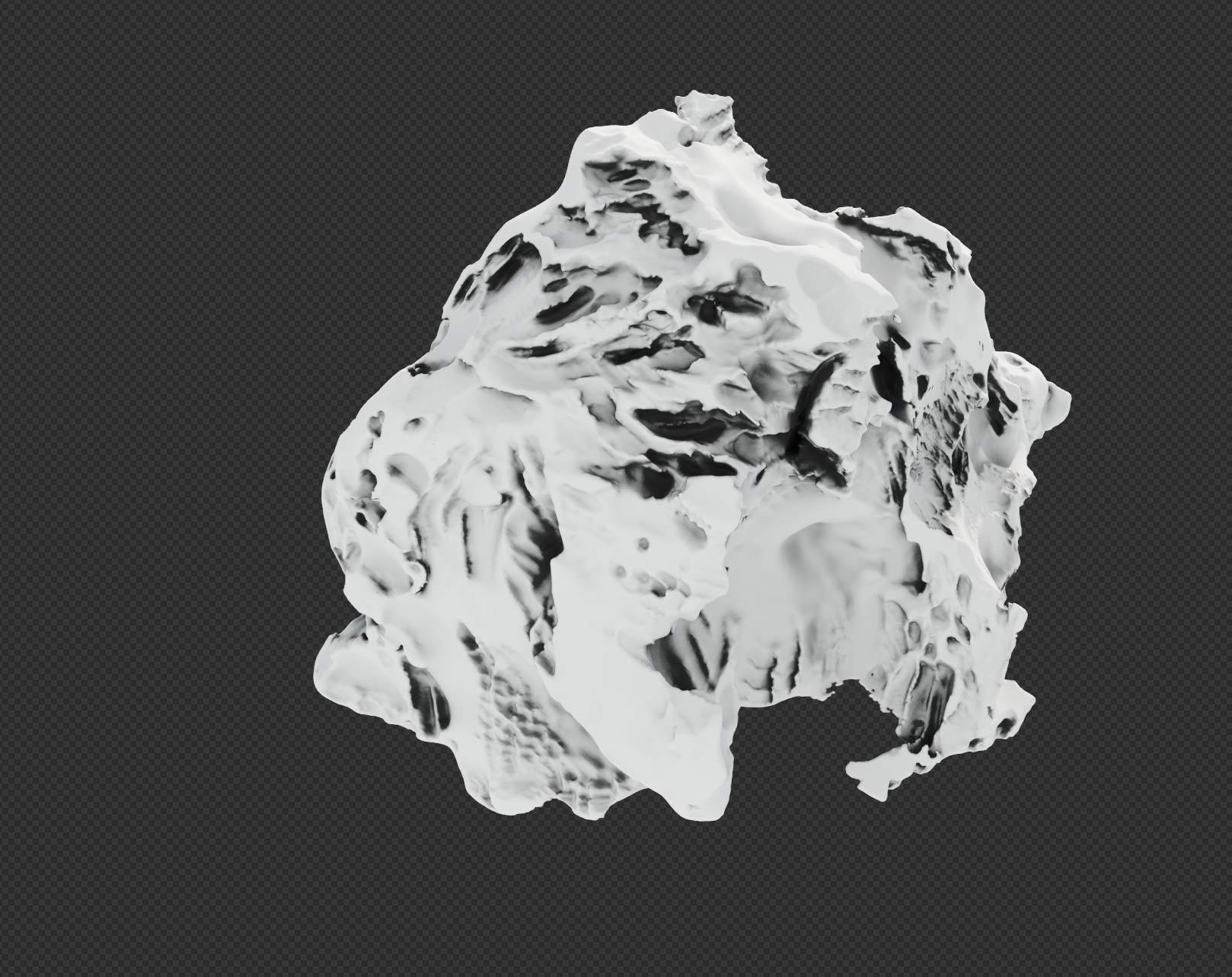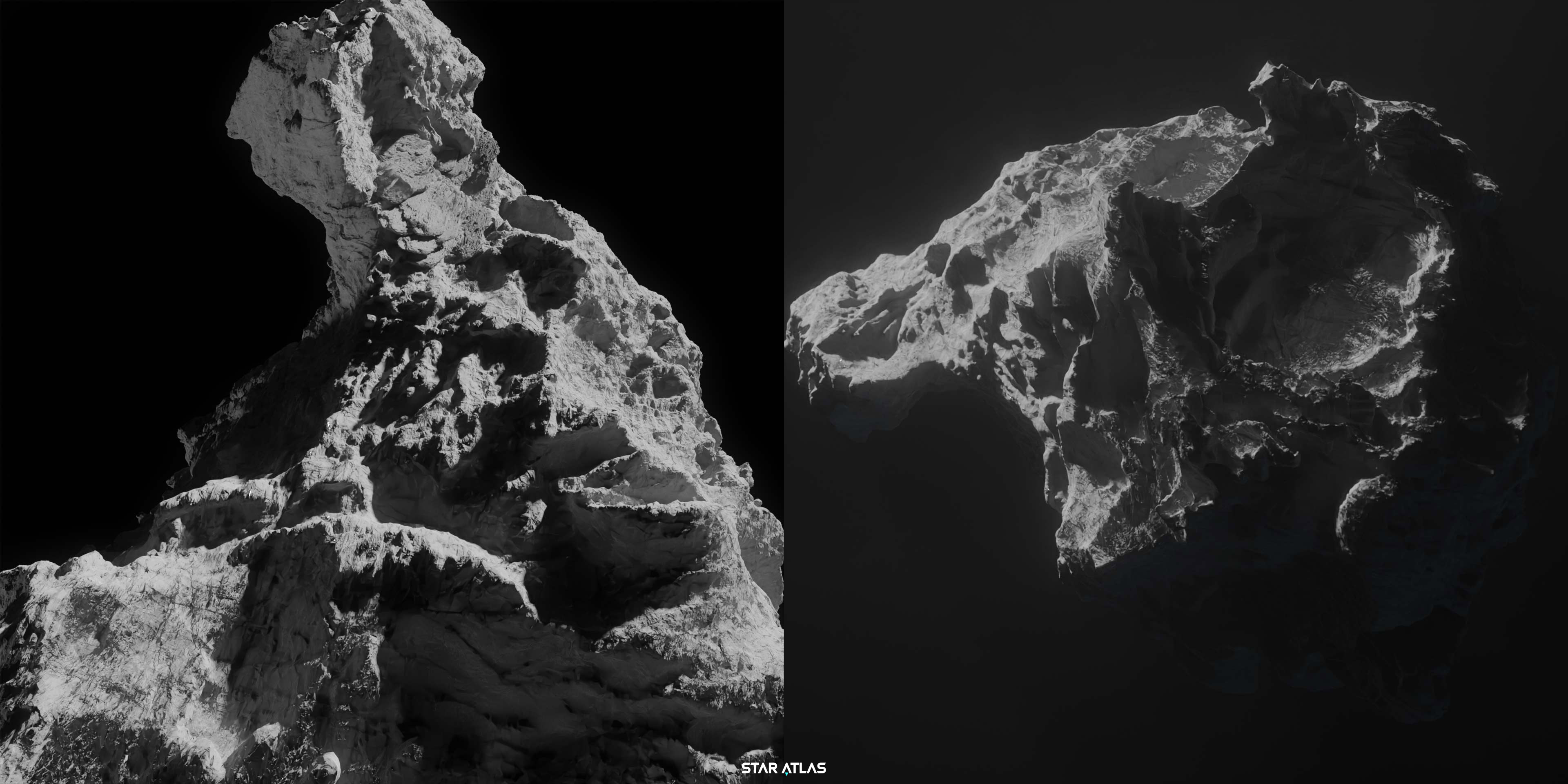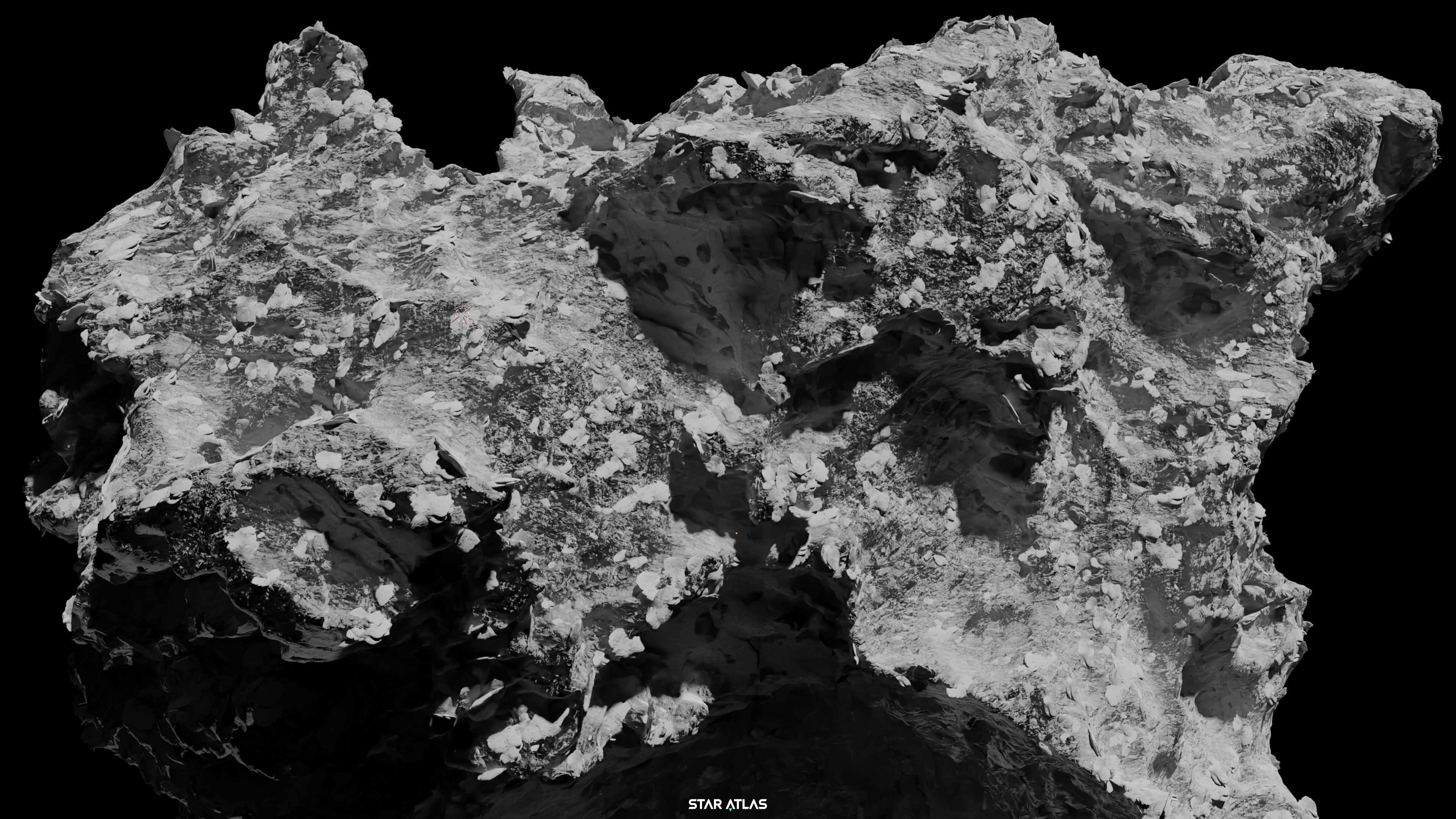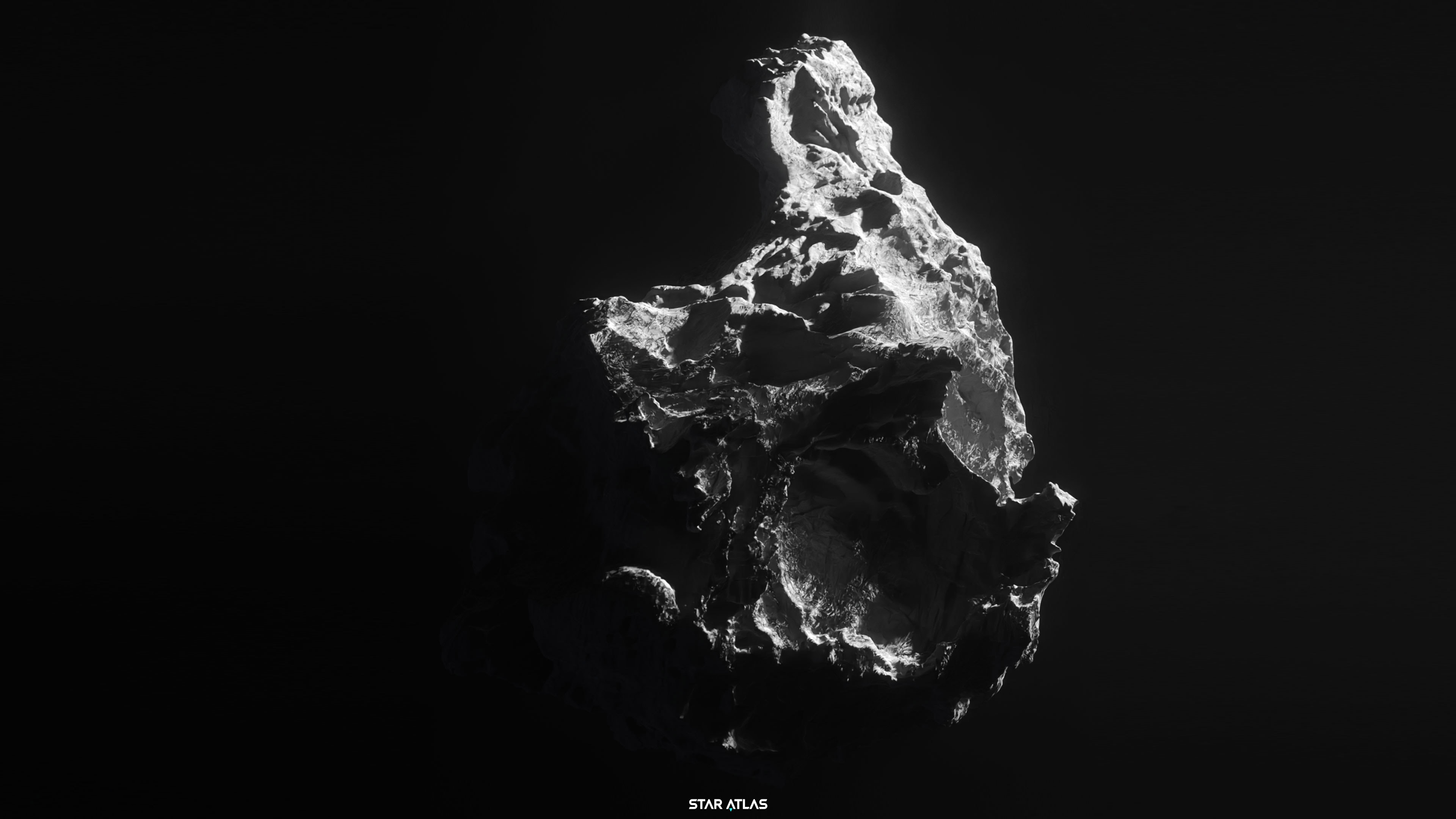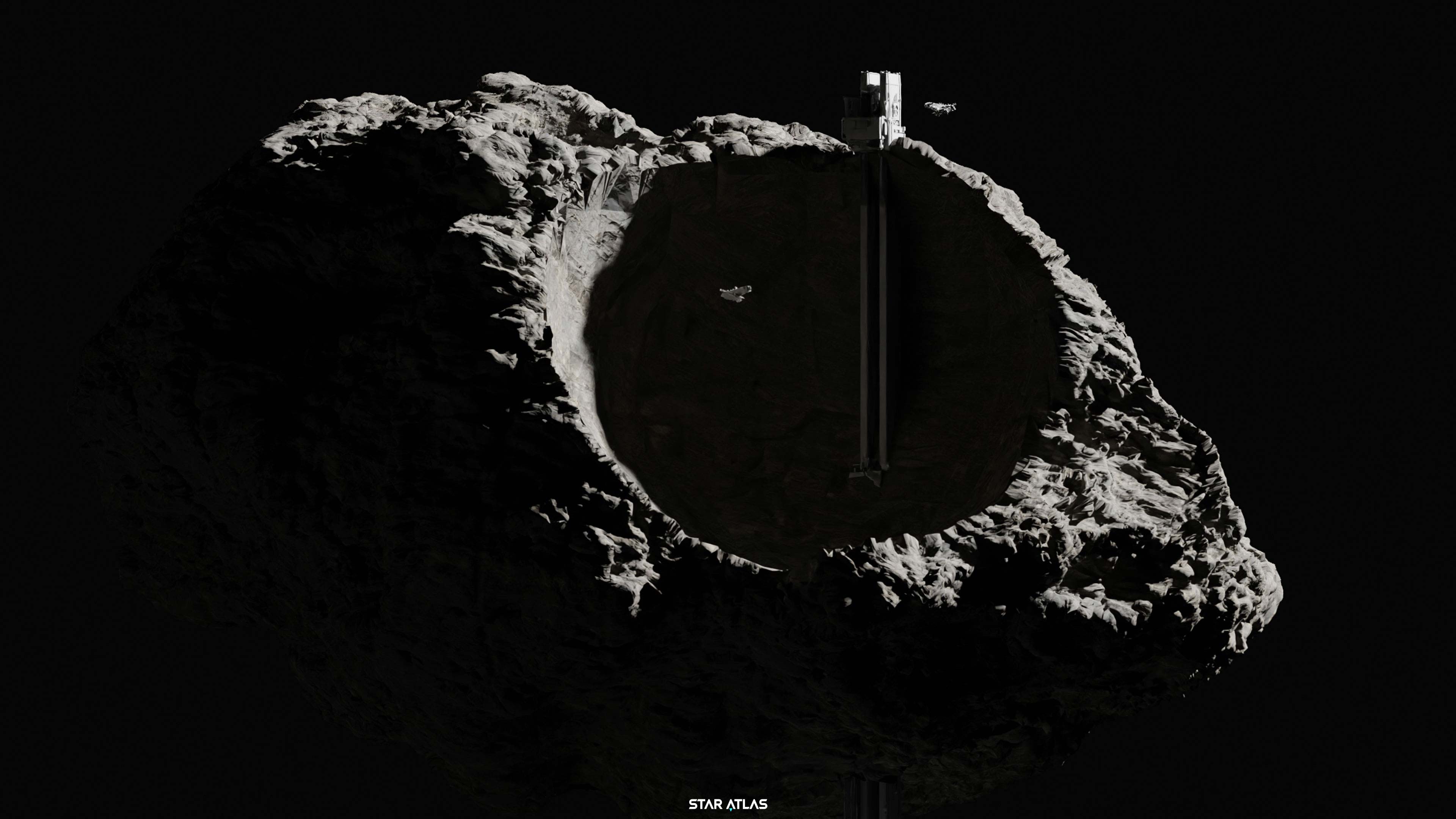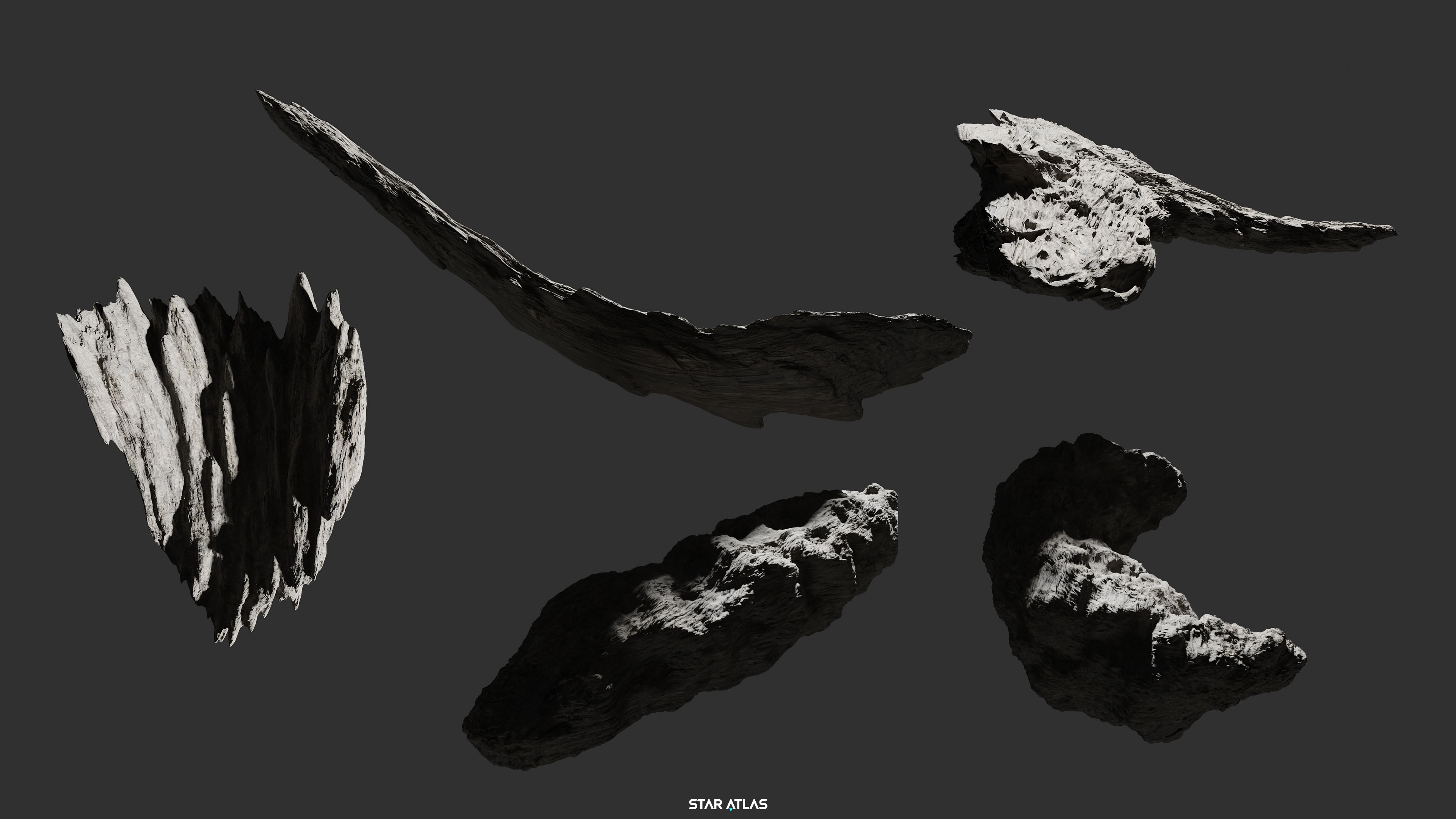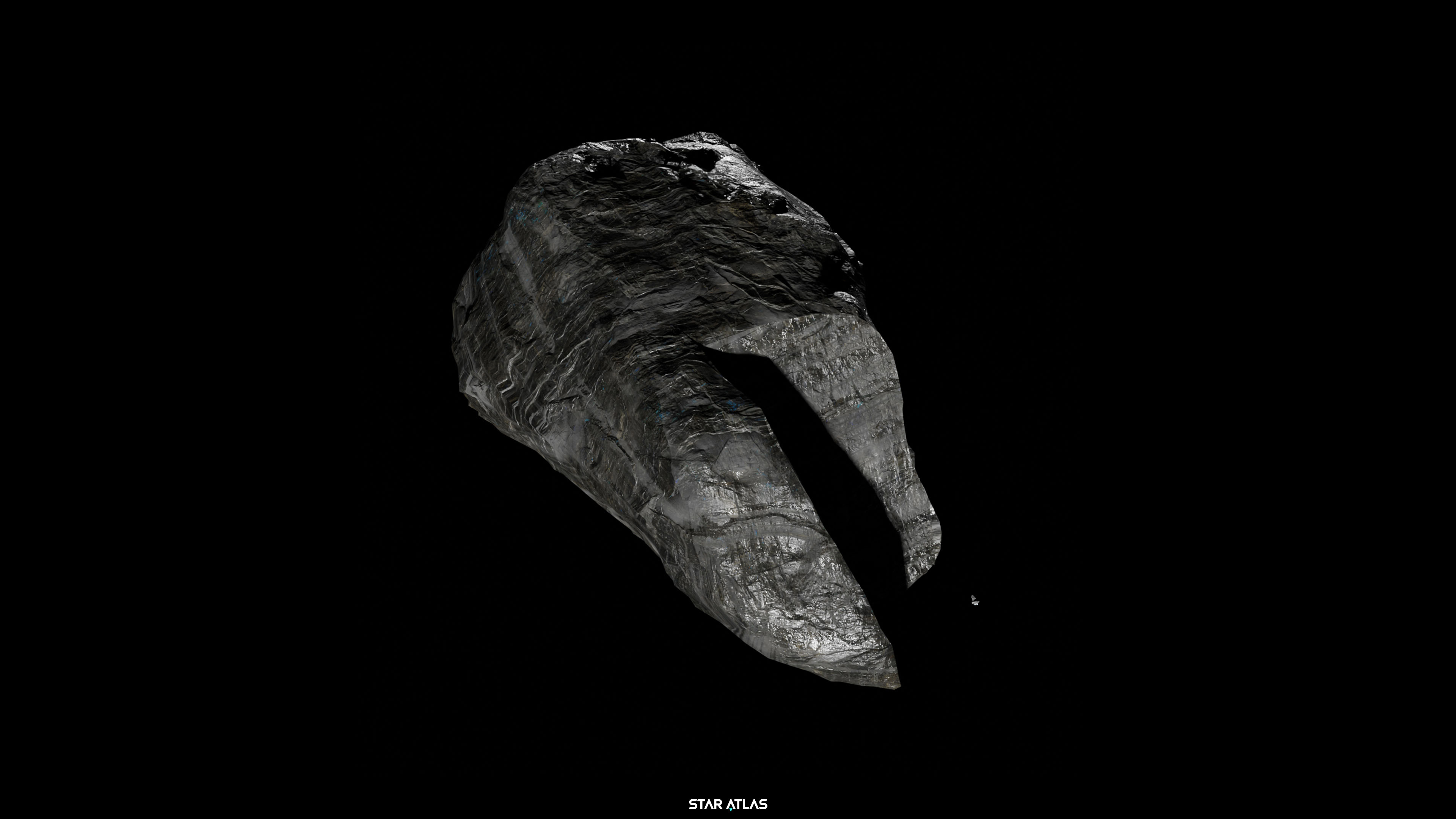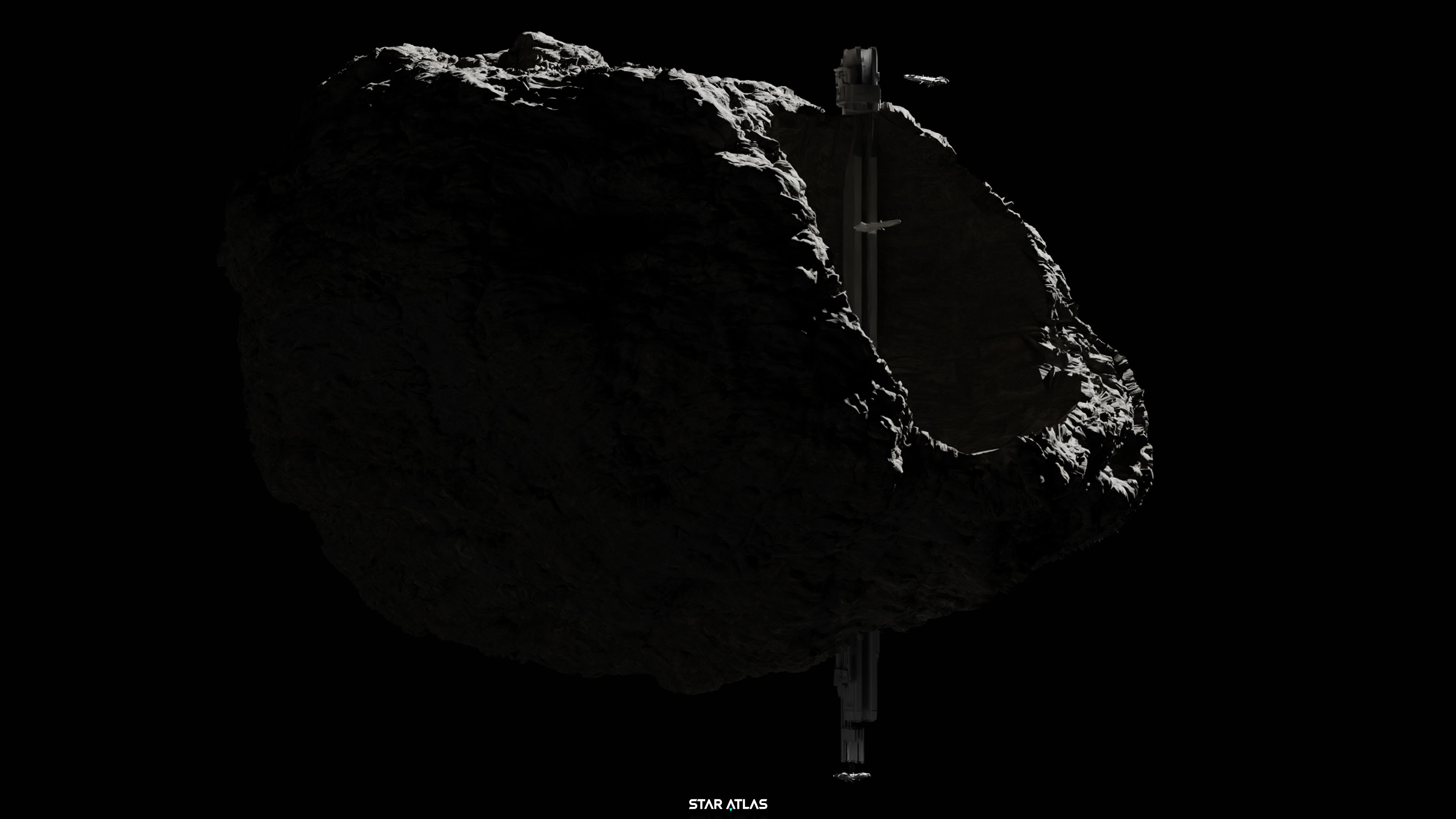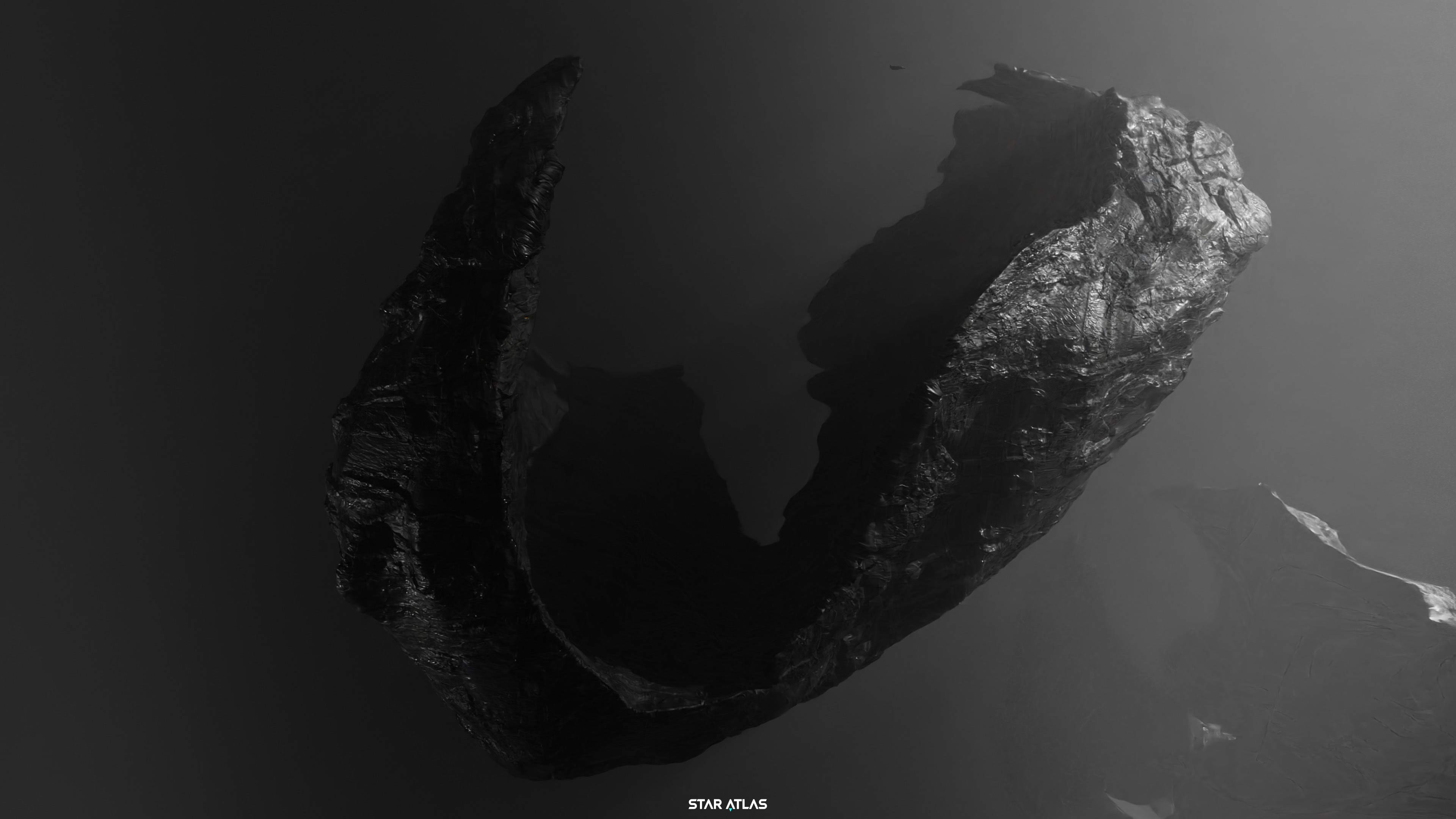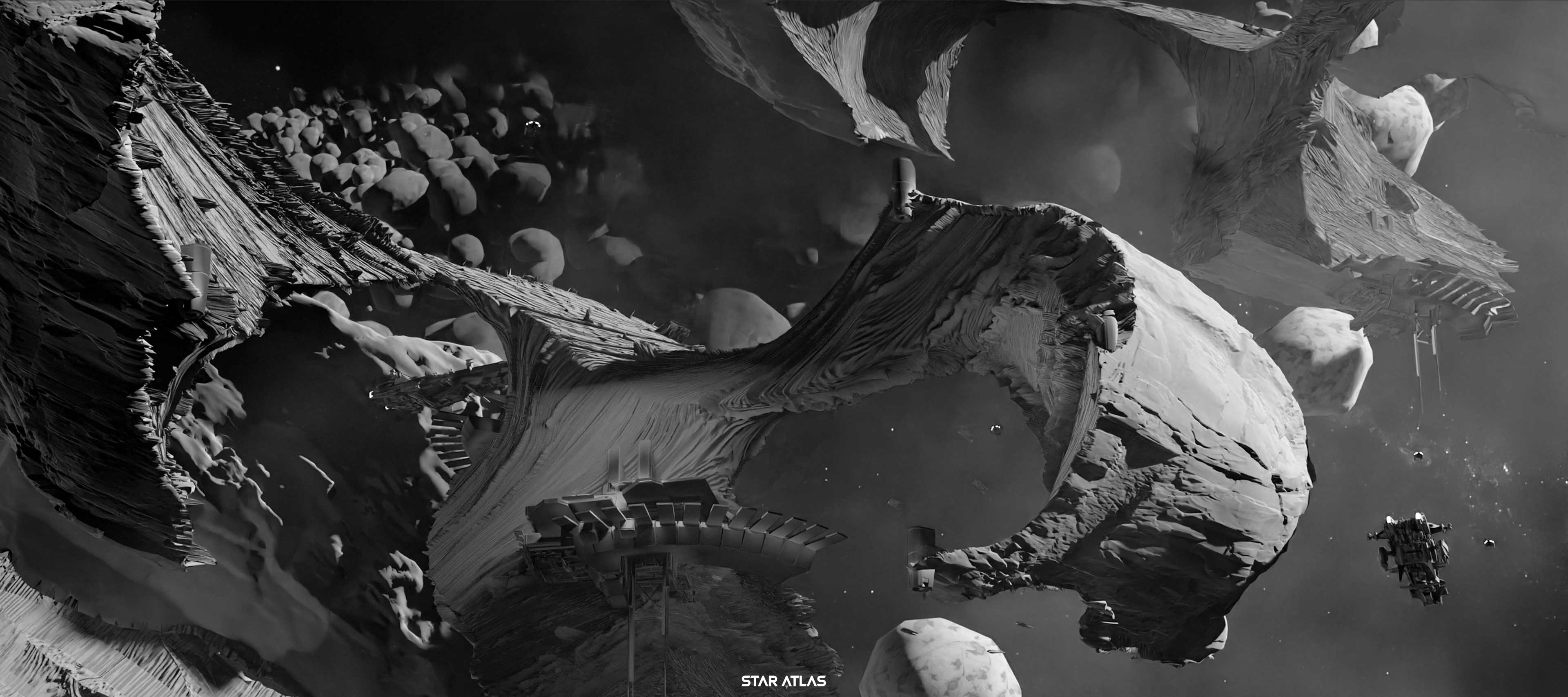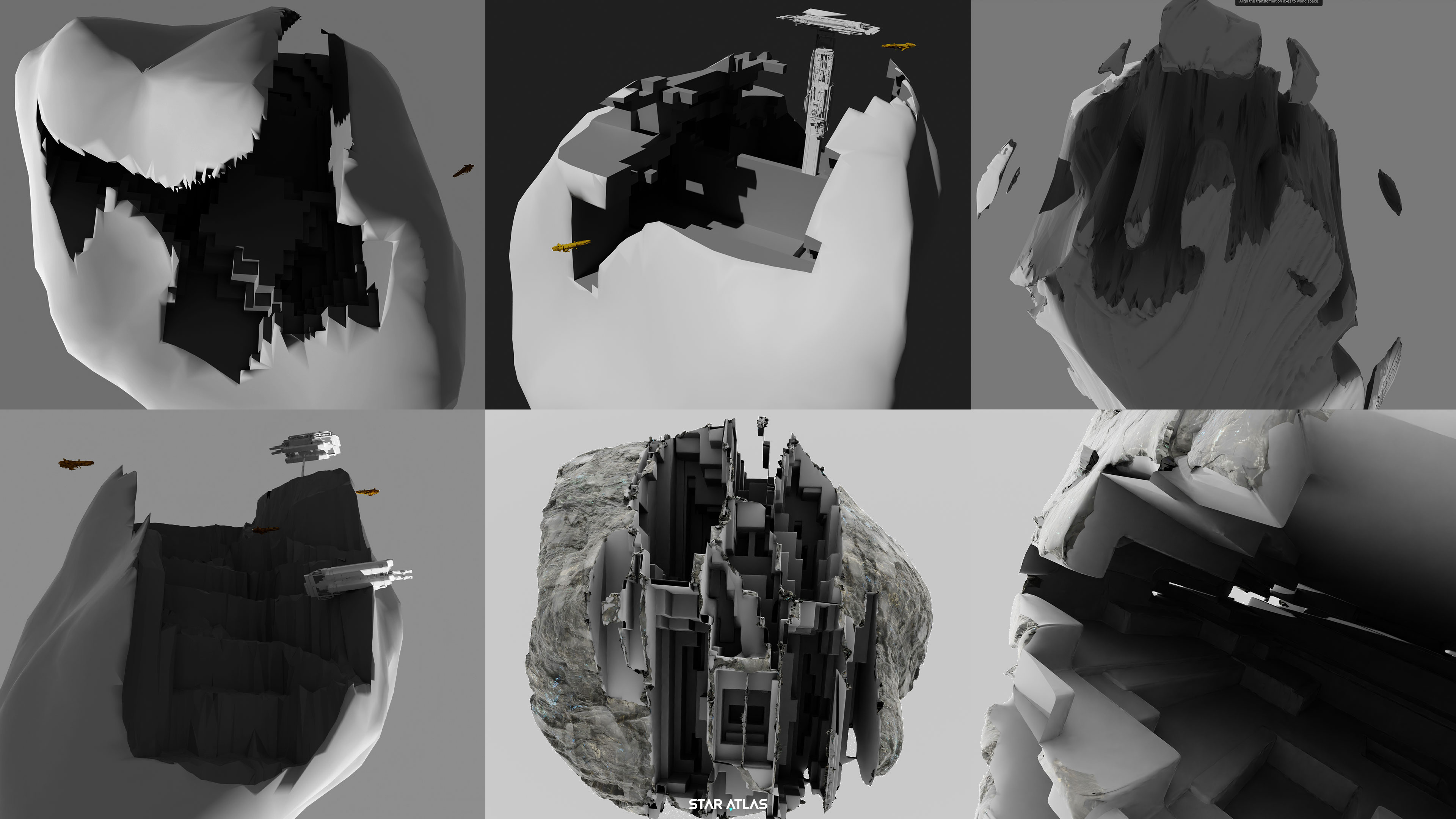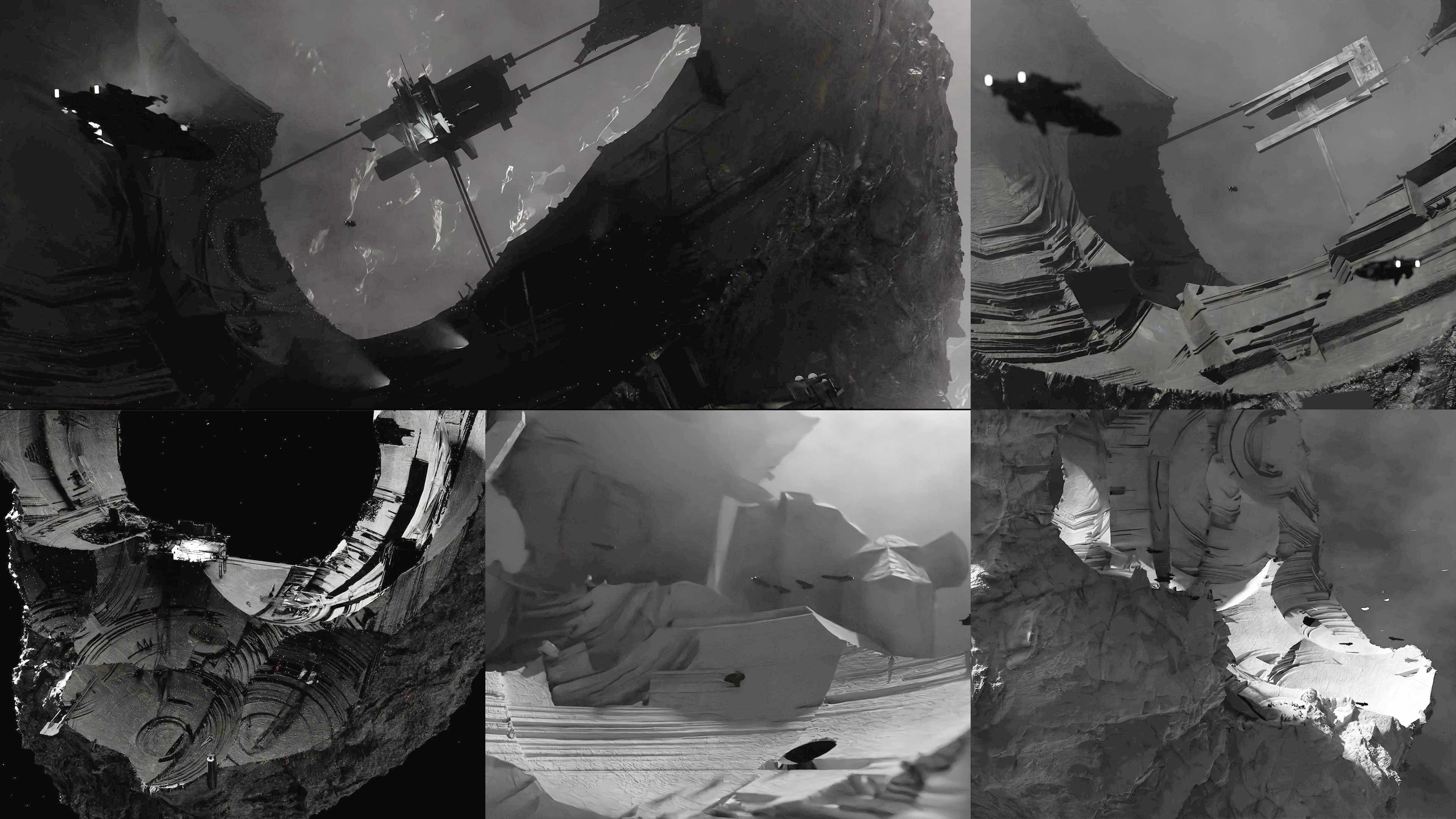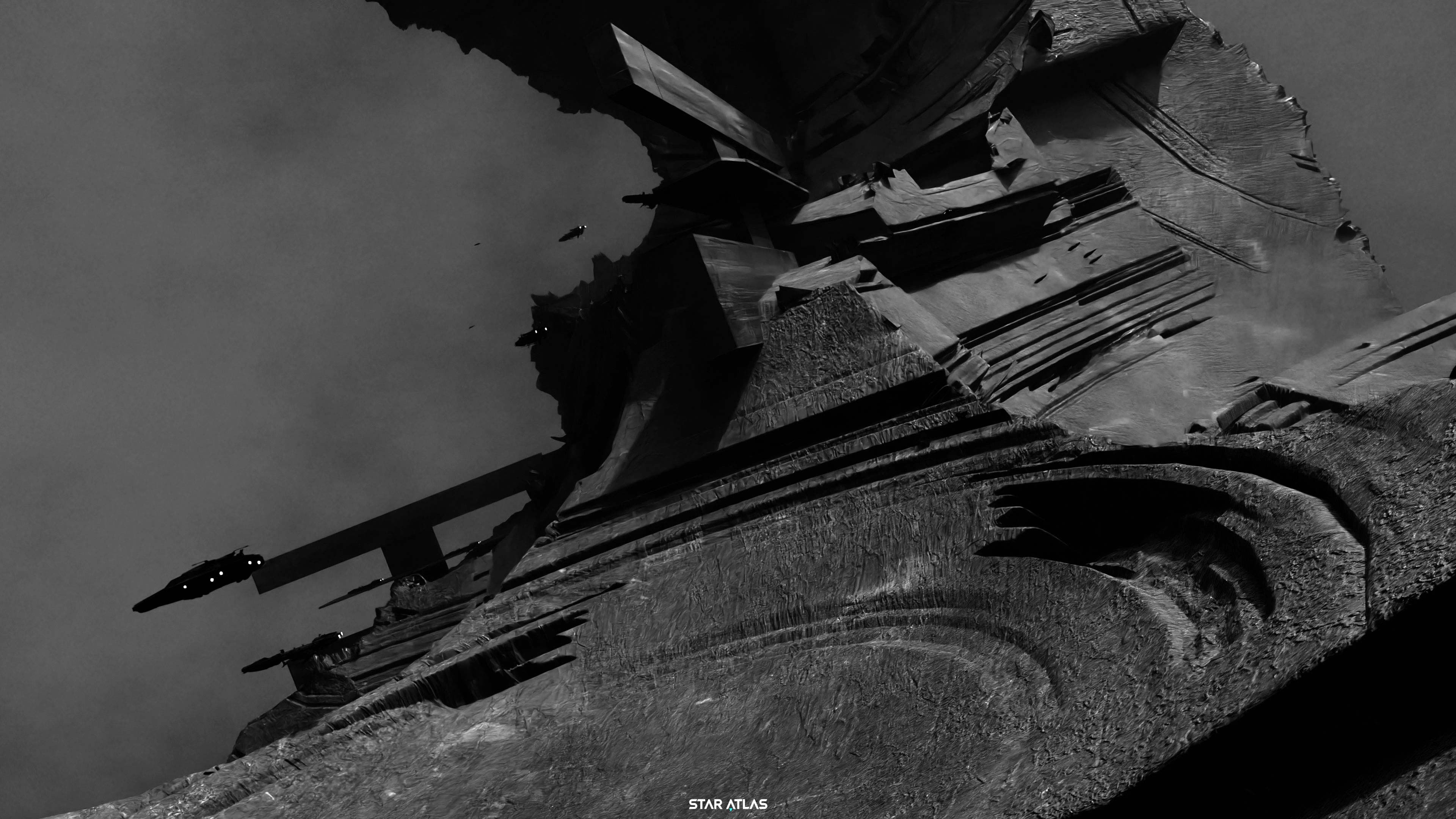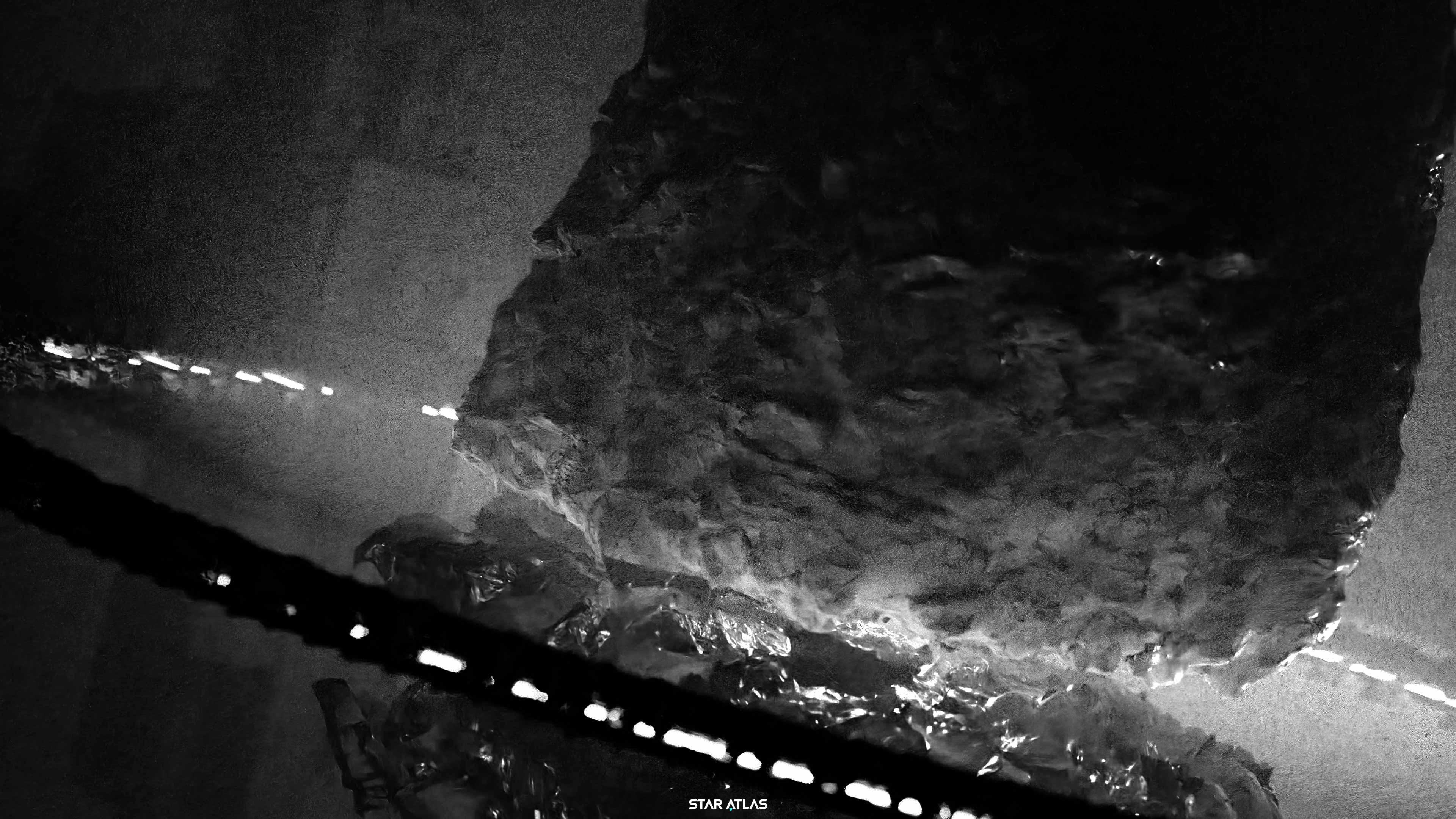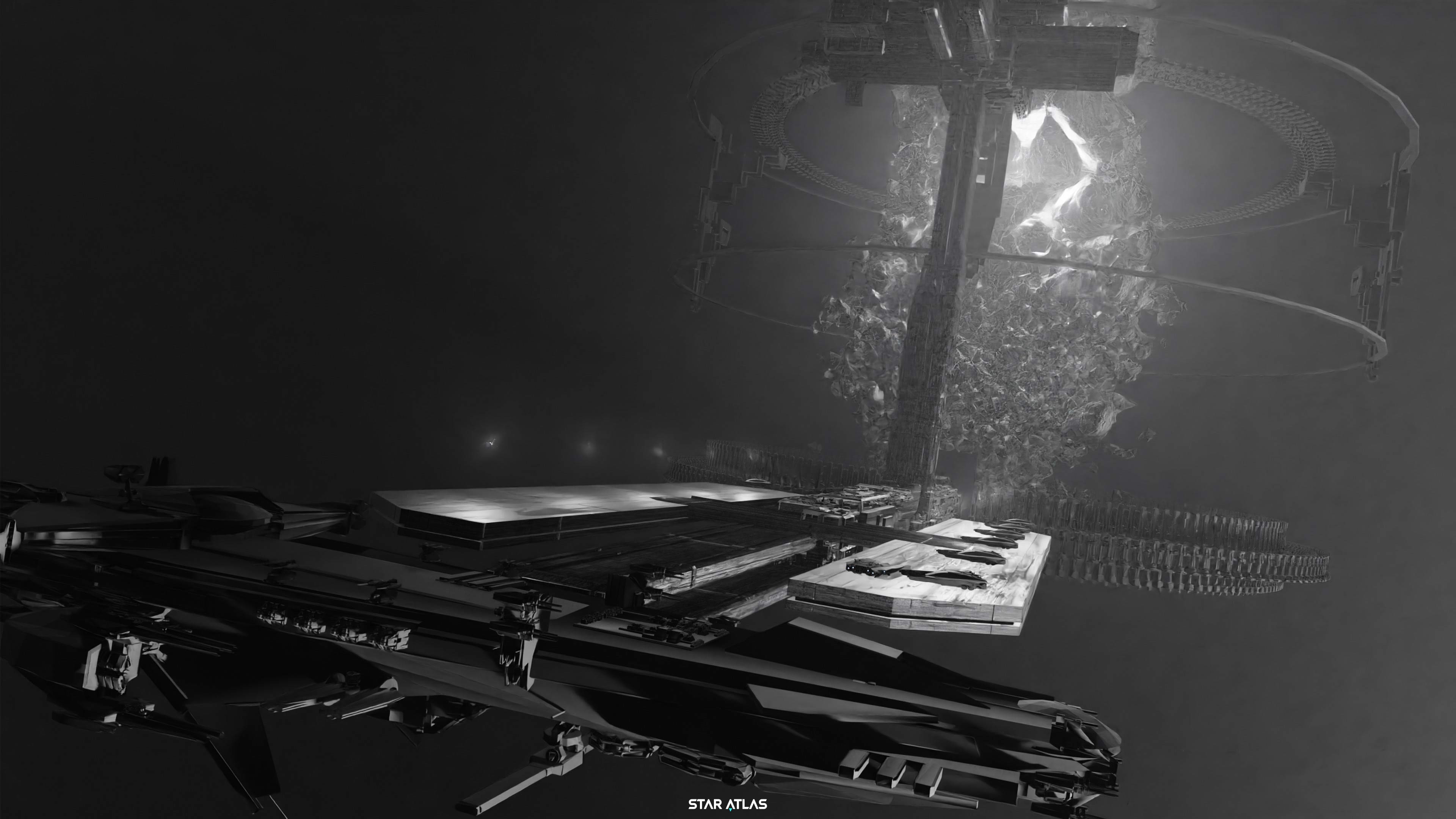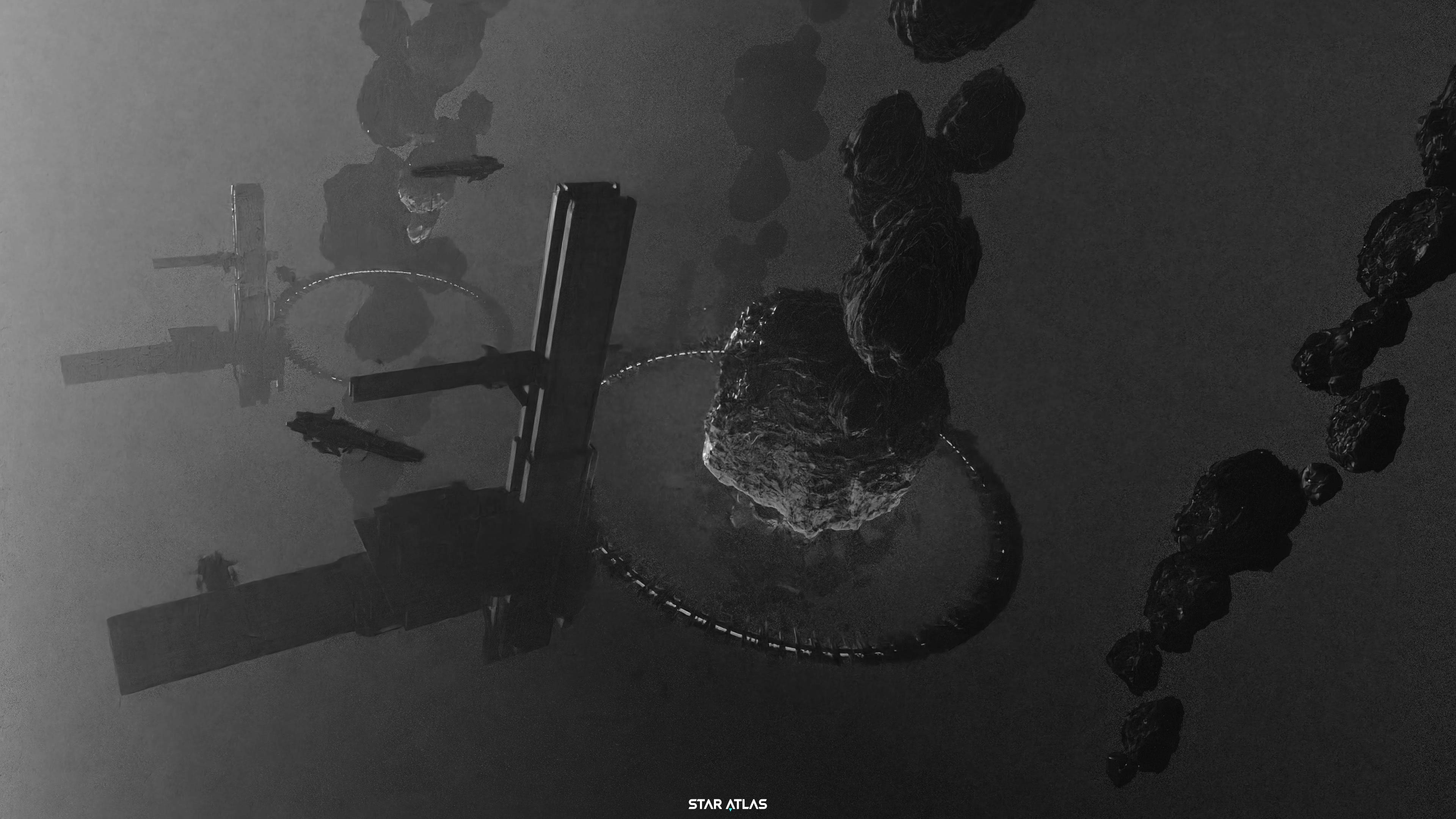Asteroid Mining – A Detailed Concept Design Approach
Asteroids contain vast quantities of valuable minerals, far exceeding what we can exploit on Earth. These include platinum-group metals (like platinum, iridium, rhodium), nickel, cobalt, iron, and water ice, all crucial for commerce and potential space-based refueling stations during long-haul missions.
The problem? Asteroids are widely scattered across space and often extremely far away.
Today, multiple private companies and agencies are actively researching asteroid mining technologies and planning missions within the next few years.
For game design, asteroid mining is an incredibly compelling setting: It offers drama, scale, and a true frontier spirit. Massive metallic asteroids, swarms of mining drones, and orbital refineries create striking visual opportunities and cinematic aesthetics, perfect for immersive storytelling and gameplay.
